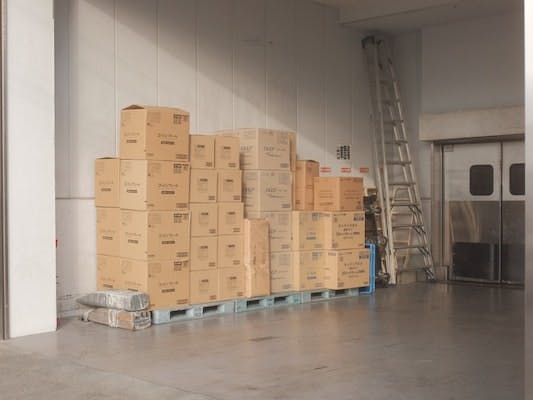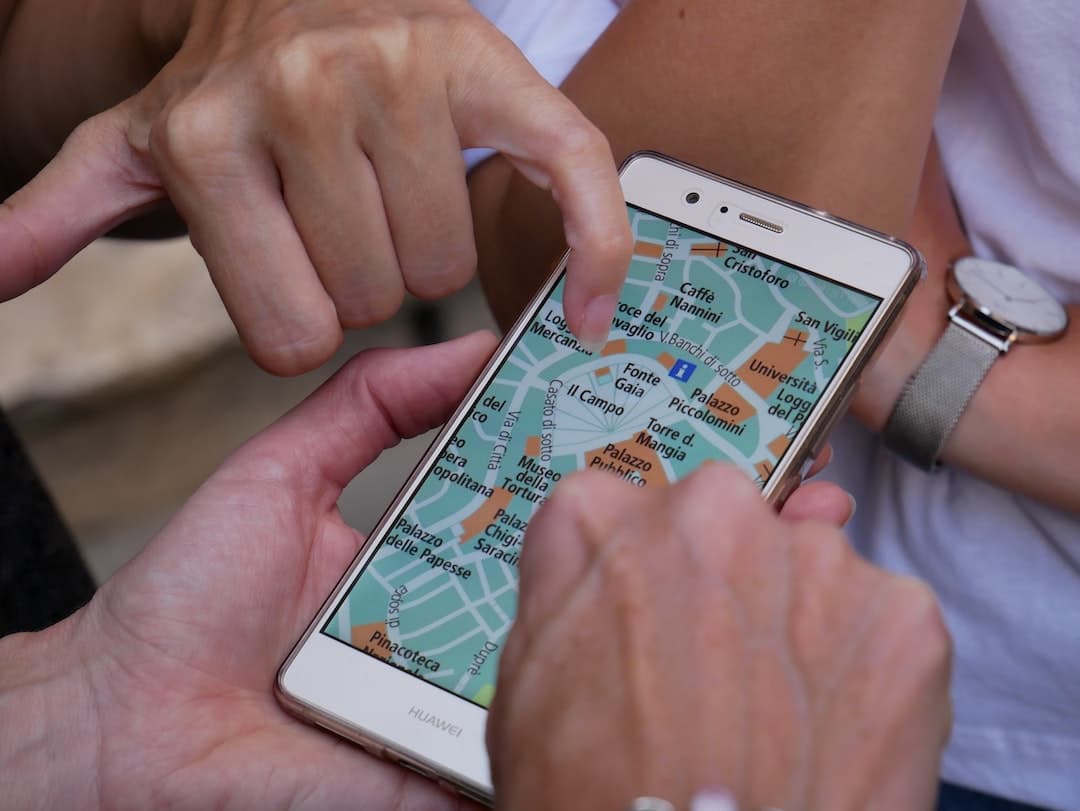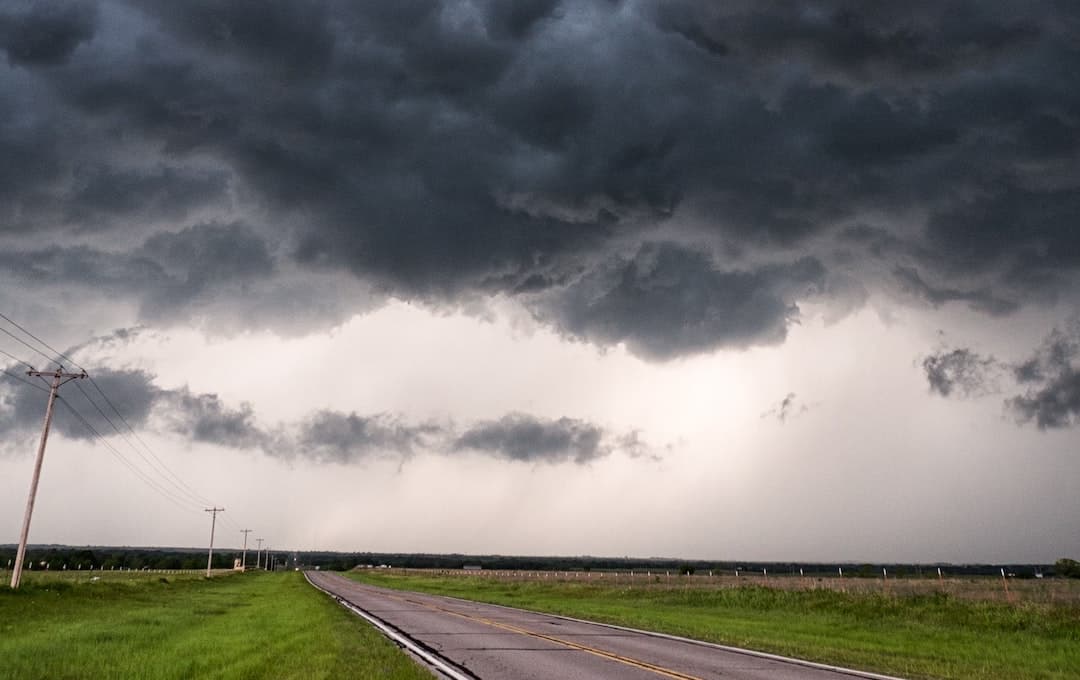Published February 28, 2023
The Challenges of Delivering Heavy Goods with Drones
Delivering heavy goods with drones poses challenges due to weight and size limitations, airspace regulations, and battery life.

In recent years, drones have become increasingly popular for their potential to revolutionize the way we deliver goods. With their ability to fly over traffic and bypass obstacles, they offer a faster and more efficient way of transporting goods compared to traditional methods. However, delivering heavy goods with drones comes with its own set of challenges that must be addressed. In this article, we will explore the challenges of delivering heavy goods with drones and the possible solutions to overcome them.
As the demand for faster and more efficient delivery of goods increases, many companies are looking towards drones as a potential solution. However, delivering heavy goods with drones comes with its own unique set of challenges. In this article, we will explore some of these challenges and how they can be overcome.

Weight and Payload Capacity
One of the biggest challenges of delivering heavy goods with drones is the weight of the goods themselves. Most drones available in the market have a limited payload capacity, which means they can only carry a certain amount of weight. This makes it difficult to transport heavy goods, such as furniture or large electronics, which can weigh over 50 pounds.
To address this challenge, drone manufacturers are developing drones with higher payload capacities. For instance, DJI's Matrice 600 drone has a maximum payload capacity of 13.2 pounds, which is significantly higher than most commercial drones. Additionally, companies are experimenting with different materials and designs to create lighter drones that can carry heavier loads.
Battery Life
Another challenge of delivering heavy goods with drones is the limited battery life of most drones. Most drones can only fly for about 20 to 30 minutes on a single charge, which is not enough time to transport heavy goods over long distances.
To overcome this challenge, companies are developing drones with longer battery life. For example, the Wingcopter 198 drone has a flight time of up to 2 hours and can carry a payload of up to 6.6 pounds. Additionally, companies are experimenting with drone charging stations that can recharge drones while they are in flight, allowing them to cover longer distances.

Navigation and Obstacles
Navigating drones through urban areas can be challenging, particularly when it comes to delivering heavy goods. Drones must be able to navigate around buildings, power lines, and other obstacles, while also avoiding collisions with other drones and aircraft.
To address this challenge, companies are developing drone navigation systems that can detect and avoid obstacles. For example, the DJI Matrice 600 drone uses a combination of GPS, sensors, and cameras to navigate through urban areas. Additionally, companies are experimenting with drone corridors, which are designated air spaces that are reserved for drone delivery, making it easier for drones to navigate through urban areas.

Weather Conditions
Finally, delivering heavy goods with drones can be challenging due to weather conditions. High winds, rain, and snow can all impact the ability of drones to fly and transport goods.
To overcome this challenge, companies are developing drones that are more resistant to weather conditions. For example, the Volocopter drone is designed to fly in all weather conditions and has been tested in extreme weather conditions, such as heavy rain and strong winds.
Conclusions
While delivering heavy goods with drones comes with its own set of challenges, advancements in technology are making it possible to overcome these challenges. As drone technology continues to evolve, we can expect to see more and more companies adopting drones as a viable solution for delivering heavy goods. With their ability to bypass traffic and navigate around obstacles, drones offer a faster and more efficient way of delivering goods, which can help reduce traffic congestion and improve overall delivery times.